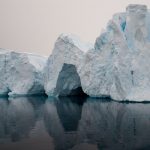 August 18, 2021 9:29 am
Published by Jenny Rislund
August 18, 2021 9:29 am
Published by Jenny Rislund
Dimethyl sulfide (DMS) is a biogenic source of sulfate aerosol that influences the climate system by reducing solar radiation and altering cloud properties. Recent observations suggest that DMS may play a dominant role in the aerosol and cloud formation along the Antarctic coast where DMS is produced by marine microbes that reside on top, in, and under sea ice. However, the role of DMS remains unclear especially over the regional scale, partly due to the lack of compilation of DMS data.
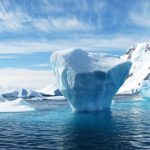 November 24, 2020 3:11 pm
Published by Climate Extremes
November 24, 2020 3:11 pm
Published by Climate Extremes
This study is based the well-established fact that sea ice cover is very closely related to surface air temperature, so that we can use trends in Antarctic sea ice as an independent validation for the reanalysis trends.
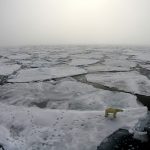 July 3, 2019 1:17 pm
Published by Climate Extremes
July 3, 2019 1:17 pm
Published by Climate Extremes
Winter storms over the Arctic leave a legacy that breaks up the ice, melts it from beneath and has led to constant ongoing decline in old ice that far exceeds the period of the storm itself.
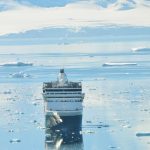 June 27, 2019 11:17 am
Published by Climate Extremes
June 27, 2019 11:17 am
Published by Climate Extremes
Antarctic sea ice had been growing in area since 1979, despite the influence of global warming. Then unexpectedly in the austral spring of 2016, there was a rapid decline. CLEX researchers used multiple runs of a coupled ocean-atmosphere climate model to investigate whether these distant influences played a role and, if so, the level of the contribution to the sea-ice decline.
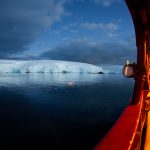 January 18, 2019 10:43 am
Published by Climate Extremes
January 18, 2019 10:43 am
Published by Climate Extremes
Antarctic sea ice extent underwent a rapid decline in the spring of 2016 and is still well below average now. CLEX researchers have tied the decline to natural variability of both the atmosphere and ocean in two articles published in Nature Communications this month.
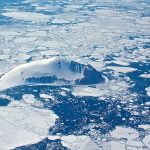 October 8, 2018 2:53 pm
Published by Climate Extremes
October 8, 2018 2:53 pm
Published by Climate Extremes
CLEX researchers find that ocean sea-ice models generally agreed on changes to average yearly cycle of freeze and melt in Antarctica, with dynamic processes dominating the sea ice edge and thermodynamic processes dominating the interior of the sea ice pack. However, the models disagreed about the trends of sea ice volume.






